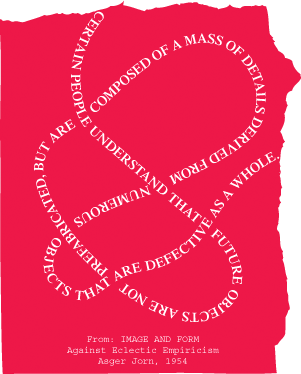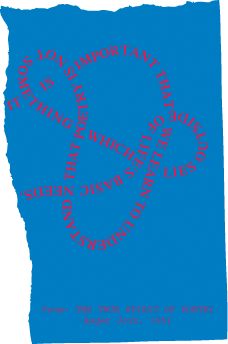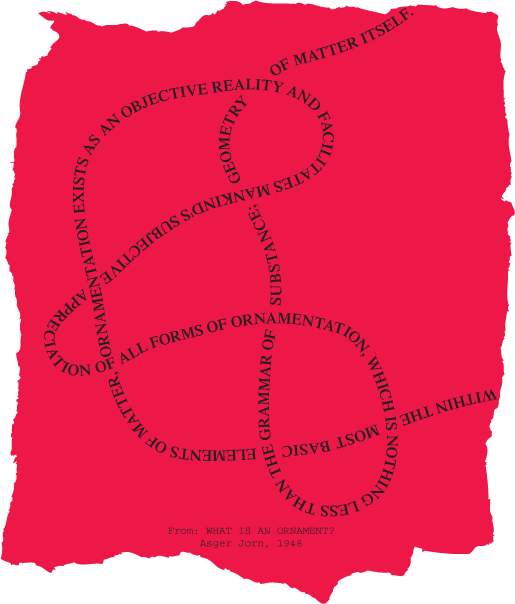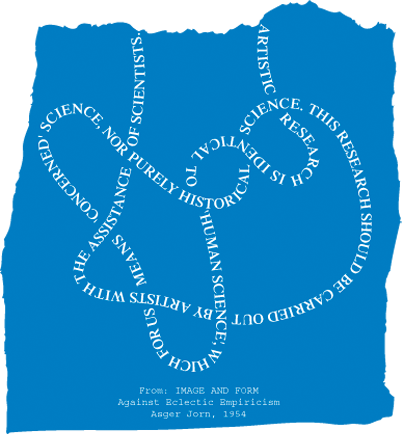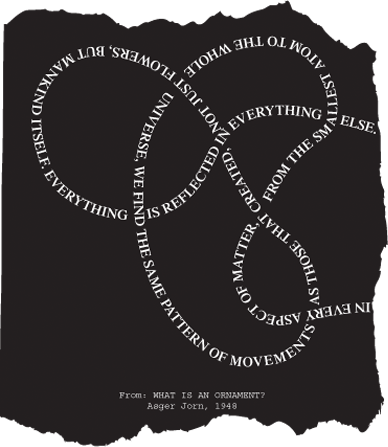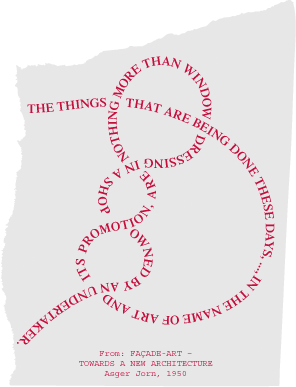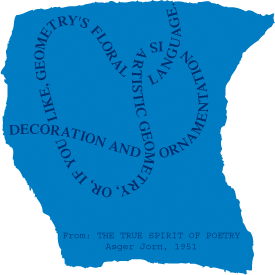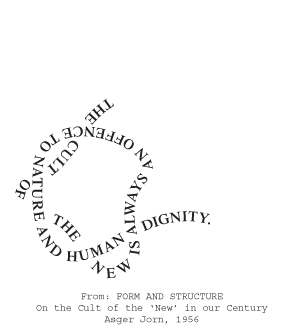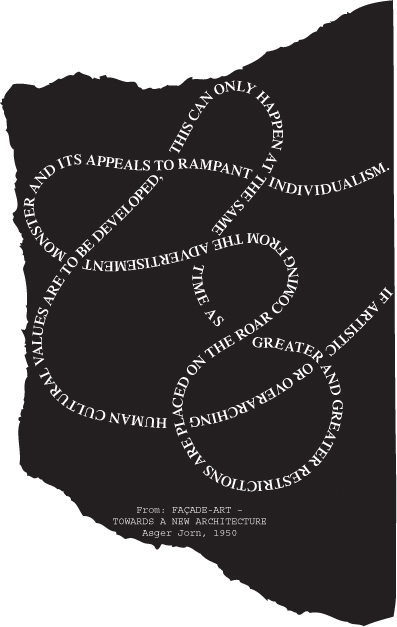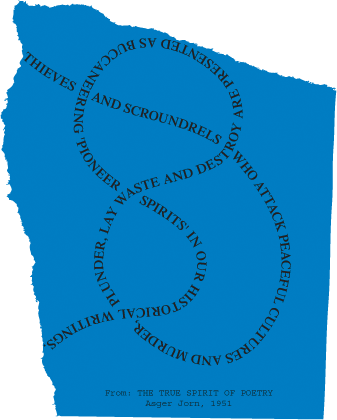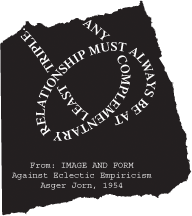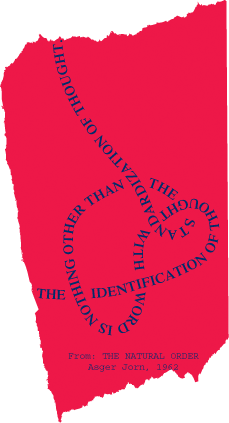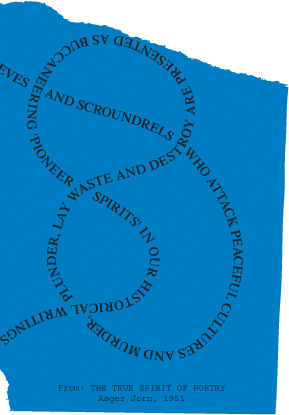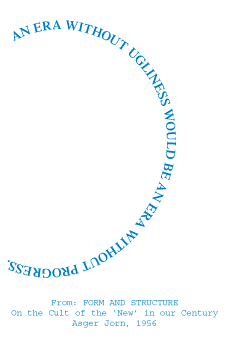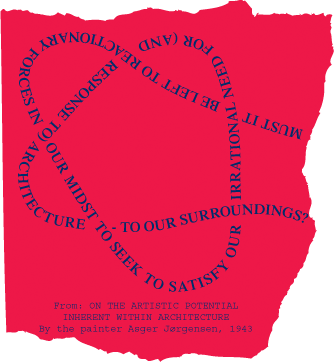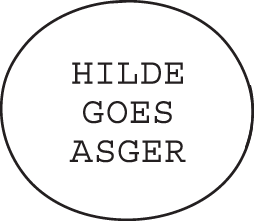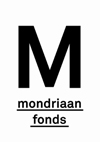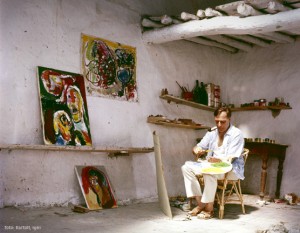INTRODUCTION TO THE JORN SEMINAR IN SILKEBORG
This is a brief introduction to a seminar workshop that I attended in March 2012 at the Museum Jorn. Other blog entries contain brief reports and dialogues with and between the participants.
‘Cut and Thrust: Reconsidering Asger Jorn’ was a non-public seminar with presentations by art historians, cultural theorists, and a physicist. They kindly welcomed me to listen in on presentations on social engagement, action, aesthetics, art history, science and vandalism. I have very much valued the way the organizers (Helle Anita Brøns for the Museum Jorn and the Statens Museum in Copenhagen) dealt with the constellation of guest speakers. The constellation allowed a platform to more inclusive approaches to Jorn’s ambiguous position within the various avant-garde movements and –ideologies, and the deliberate paradoxicality of most of his works (e.g. the contradiction between Jorn´s collectivist projects such as Helhesten, Cobra and the Situationists, and his role as a great male, modernist painter).
The semimar workshop was hosted by Museum Jorn, which in a way was another one his projects – this time of a more curatorial nature. Throughout his life Asger Jorn collected art works by other artists, and around 2.000 books on prehistoric art, folk art, various civilizations around the world, philosophy, mathematics, linguistics, and all kinds of other topics. Jorn donated these art works, as well as works of his own to a museum he helped to found in his native town Silkeborg, Denmark. Today the museum (now renamed into Museum Jorn (http://www.museumjorn.dk) not only houses an impressive art collection and many many books, but also Jorn’s notebooks, his unpublished texts, and an archive of around 15.000 photographs which were made for Jorn´s ‘Nordic Institute of Comparative Vandalism’.
On a more personal note I would like to say that I have been writing the report on the seminar, while plunging into Jorn’s universe for the first time. I thought that if I get lost in that universe, I will remember to think of my situation as a knot, which, to loosely quote McKenzie Wark, might appear to be a mess of intersecting bits, but in fact always stays the ‘same’ rope, no matter how its angle varies, or which other parts of itself it is in contact with. (McKenzie Wark. 50 Years of Recuperation of the Situationist International. Princeton University Press and the Trustees of the Columbia University, New York, 2008, p. 20.)
